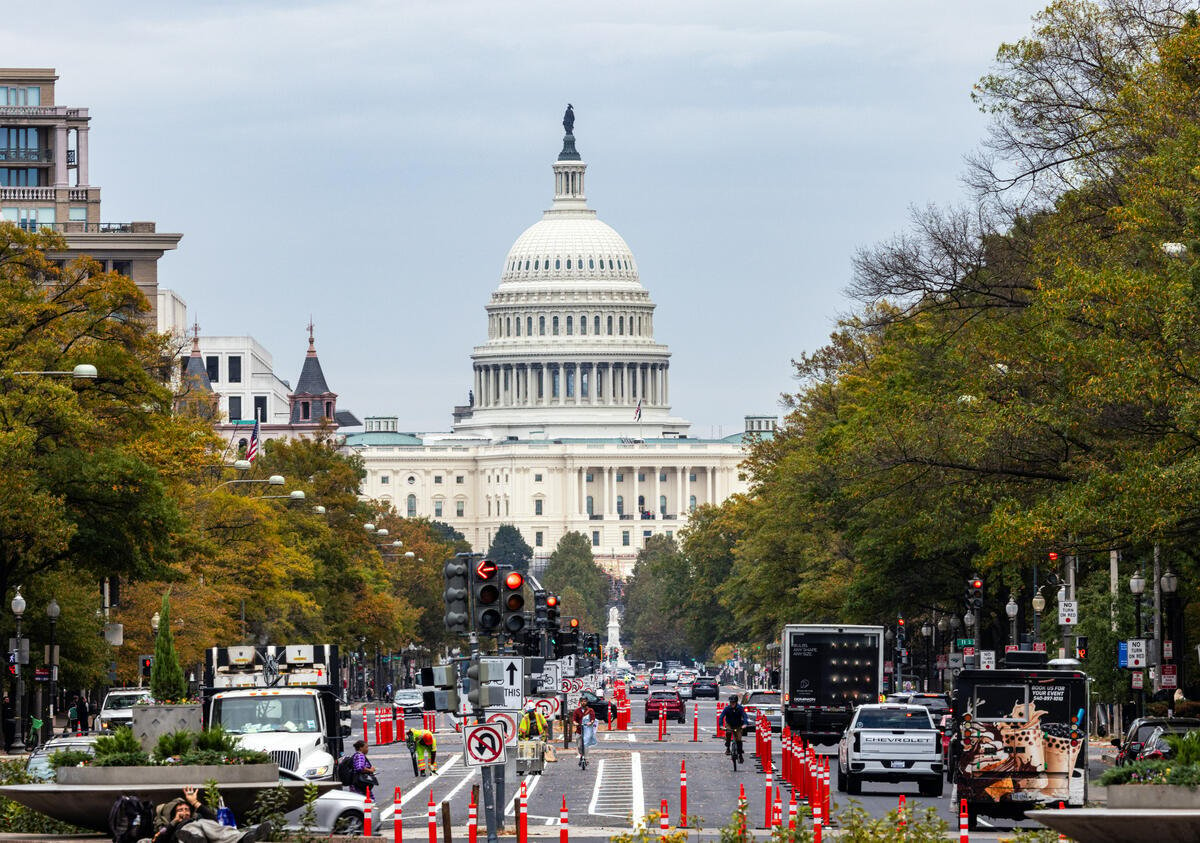A new Greenpeace-commissioned carbon footprint analysis of the economic recovery package shows that the bill’s energy efficiency and conservation provisions alone could cut carbon dioxide emissions by over 61 million metric tons annually, equivalent to the greenhouse gases from electricity use in 7.9 million American homes or taking over 13 million cars off the road. However, the transportation provisions of the bill, if spent on new highway construction instead of highway repair or public transit, could reduce the benefits by up to 5 million tons annually.
The analysis was conducted by ICF International, a leading climate and energy consulting firm for governments, Fortune 500 companies, and non-profits (http://www.icfi.com/).
Executive summary: The report details how different provisions of the recovery package will affect U.S. greenhouse gas emissions. Across the board, energy efficiency measures offer the biggest potential for carbon reductions, as well as significant cost savings to consumers and local municipalities.
For example, the report found that $2.5 billion spent on energy efficiency upgrades to homes would reduce carbon emissions by 7.3 million metric tons and save $1.25 billion in annual utility costs. Similarly, a $6.9 billion investment to help state and local governments invest in energy effiiency could generate $3 billion in savings every single year and cut carbon emissions by over 20 million tons per year.
In contrast, if the $30 billion allotted for transportation were spent on new highways, which create sprawl and paradoxically attract more cars, it would cause 10-50 times the global warming pollution than a similar expenditure on light rail or repairing existing roads. Previous research found that investments in mass transit create 19 percent more jobs than new highway construction. (http://www.transact.org/library/decoder/jobs_decoder.pdf)
Num. pages: 30


